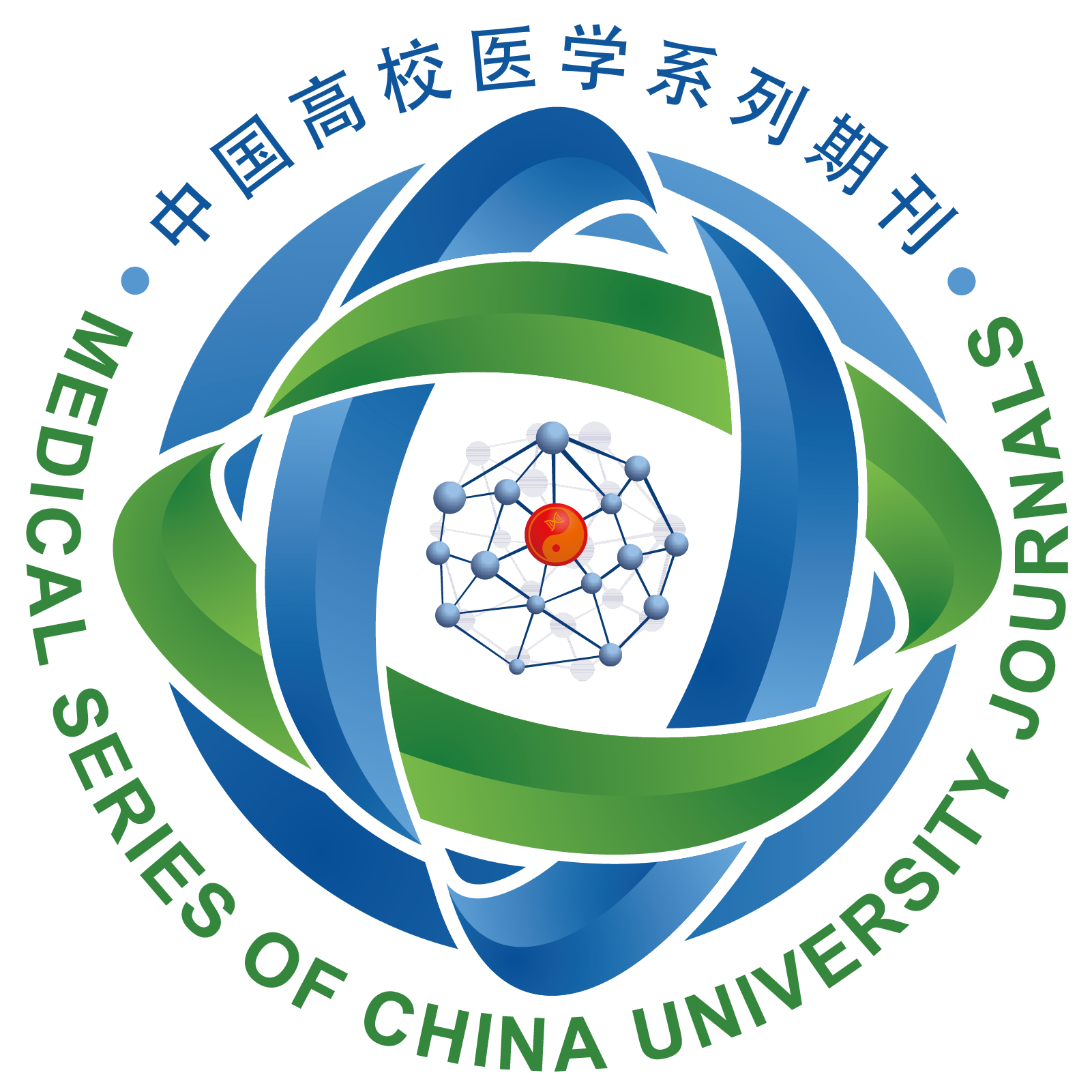Clinical study of isothermal nucleic acid detection technology based on CRISPR Cas12a for highly sensitive diagnosis of Cryptococcus neoformans
-
摘要 目的:构建基于CRISPR Cas12a的高敏等温核酸检测方法,并评估其在支气管肺泡灌洗液及脑脊液中对于新型隐球菌的诊断能力。方法:利用NCBI Blast 确定新型隐球菌保守序列,针对保守序列,设计等温重组酶聚合酶扩增引物及crRNA 序列。利用新型隐球菌标准菌株及其他菌株(白念珠菌、热带念珠菌、光滑念珠菌、近平滑念珠菌、金黄色葡萄球菌、脑膜炎奈瑟菌、肺炎链球菌),提取其核酸,以评估方法的特异性及最低检测限。进一步收集临床确诊的10例肺部及10例中枢神经系统新型隐球菌感染患者的支气管肺泡灌洗液及脑脊液,以评估本研究构建的核酸诊断方法的临床检测性能。结果:共设计6 组引物及crRNA 组合,经筛选得到1 组最佳组合。本研究构建的检测方法特异性高(与7 种其他类型菌株无交叉反应),最低检测限达到5 copies/μL,整个检测流程速度快(在1 h内完成)。针对10例支气管肺泡灌洗液及10例脑脊液临床标本的阳性检出率均为100%。结论:本研究构建的新型核酸检测方法,具有高度的特异性和良好的检测限,在临床标本检测中同样具有优良检测性能,具备了较强的临床新型隐球菌核酸检测的应用潜力。
-
关键词
- 新型隐球菌 /
- 等温重组酶聚合酶扩增 /
- CRISPR Cas12a /
- 临床诊断
Abstract Objective: To construct a highly sensitive isothermal nucleic acid detection method based on CRISPR Cas12a and evaluate its diagnostic ability for Cryptococcus neoformans in bronchoalveolar lavage fluid and cerebrospinal fluid. Methods: Conserved sequences of Cryptococcus neoformans were determined using NCBI Blast, and isothermal recombinase polymerase amplification primers and crRNA sequences were designed targeting these conserved sequences. Nucleic acids were extracted from standard strains of Cryptococcus neoformans and other strains (Candida albicans, Candida tropicalis, Candida glabrata, Candida parapsilosis, Staphylococcus aureus, Neisseria meningitidis, Streptococcus pneumoniae) to evaluate the specificity and the lowest detection limit of the method. Furthermore, bronchoalveolar lavage fluid and cerebrospinal fluid samples from 10 clinically diagnosed cases of Cryptococcus neoformans infection in the lungs and central nervous system were collected to evaluate the clinical detection performance of the nucleic acid diagnostic method constructed in this study. Results: A total of 6 primer and crRNA combinations were designed, and 1 optimal combination was selected after screening. The detection method constructed in this study exhibited high specificity (no cross-reaction with 7 other types of strains), a lowest detection limit of 5 copies/μL, and rapid detection process (completed within 1 hour). The positive detection rates for bronchoalveolar lavage fluid and cerebrospinal fluid clinical specimens from 10 cases each were 100%. Conclusion: The novel nucleic acid detection method constructed in this study has high specificity and a good detection limit, demonstrating excellent detection performance in clinical specimen testing, and showing strong potential for clinical application in the detection of Cryptococcus neoformans nucleic acids. -
-
[1] SHAHEEN A A, SOMAYAJI R, MYERS R, et al.Epidemiology and trends of cryptococcosis in the United States from 2000 to 2007: a population-based study[J].International journal of STD& AIDS, 2018, 29(5):453-460.
[2] KIM L, FERRAZ C, CORBISIERO M F, et al.Glucocorticoids as a risk factor for infection and adverse outcomes in non-HIV and non-transplant patients with cryptococcal meningitis[J].Mycoses, 2024, 67(3):e13709.
[3] MOHAMED S H, NYAZIKA T K, SSEBAMBULIDDE K, et al.Fungal CNS infections in Africa:the neuroimmunology of cryptococcal meningitis[J].Frontiers in immunology, 2022, 13:804674.
[4] ZHAO Y B, YE L X, ZHAO F J, et al.Cryptococcus neoformans, a global threat to human health[J].Infectious diseases of poverty, 2023, 12(1):20.
[5] DANTAS K C, DE FREITAS-XAVIER R S, SPINA LOMBARDI S C F, et al.Comparative analysis of diagnostic methods for the detection of Cryptococcus neoformans meningitis[J].PLoS neglected tropical diseases, 2023, 17(3):e0011140.
[6] MBANGIWA T, STURNY-LECLÈRE A, LECHIILE K, et al.Development and validation of quantitative PCR assays for HIV-associated cryptococcal meningitis in sub-Saharan Africa: a diagnostic accuracy study[J].The lancet microbe, 2024, 5(3):e261-e271.
[7] GAO X Z, CAO Y D, GAO Y Z, et al.Efficient detection of Streptococcus pyogenes based on recombinase polymerase amplification and lateral flow strip[J].European journal of clinical microbiology & infectious diseases: official publication of the European Society of clinical microbiology, 2024, 43(4):735-745.
[8] KIM H, JANG H, SONG J, et al.A CRISPR/Cas12 transcleavage reporter enabling label-free colorimetric detection of SARS-CoV-2 and its variants[J].Biosensors& bioelectronics, 2024, 251:116102.
[9] LIN H Q, LIANG Y H, ZOU L R, et al.Combination of isothermal recombinase-aided amplification and CRISPRCas12a-mediated assay for rapid detection of major severe acute respiratory syndrome coronavirus 2 variants of concern[J].Frontiers in microbiology, 2022, 13:945133.
[10] CHANG C C, HARRISON T S, BICANIC T A, et al.Global guideline for the diagnosis and management of cryptococcosis: an initiative of the ECMM and ISHAM in cooperation with the ASM[J].The lancet infectious diseases, 2024(23):S1473-S3099.
[11] RAJASINGHAM R, SMITH R M, PARK B J, et al.Global burden of disease of HIV-associated cryptococcal meningitis: an updated analysis[J].The lancet infectious diseases, 2017, 17(8):873-881.
[12] HSIAO P J, CHENG H, KAO Y H, et al.Comparison of laboratory diagnosis, clinical manifestation, and management of pulmonary cryptococcosis: report of the clinical scenario and literature review[J].Clinica chimica acta; international journal of clinical chemistry, 2022, 524:78-83.
[13] ZHANG X, LIN Y Q, CHEN H X, et al.Diagnostic performance of metagenomic next-generation sequencing in central nervous system cryptococcosis using cerebrospinal fluid[J].Infection and drug resistance, 2023, 16:6175-6183.
[14] ZIMMET A N, CULLEN G D, MISCHE L, et al.Disseminated cryptococcosis with gastrointestinal involvement and false-negative cryptococcal antigen testing due to postzone phenomenon: a case report and review of the literature[J].BMC infectious diseases, 2023, 23(1):217.
[15] FERNANDES R, SABINO R, CUNHA C, et al.Multicentric study on the clinical mycology capacity and access to antifungal treatment in Portugal[J].Mycopathologia, 2024, 189(1):15.
[16] YANG H T, LIU A B, MA F F, et al.Establishment of portable Pseudomonas aeruginosa detection platform based on one-tube CRISPR/Cas12a combined with recombinase polymerase amplification technology[J].International journal of clinical chemistry, 2024, 554:117760.
[17] MA L, ZHU M J, MENG Q F, et al.Real-time detection of Seneca Valley virus by one-tube RPA-CRISPR/Cas12a assay[J].Frontiers in cellular and infection microbiology, 2023, 13:1305222.
[18] KINDONGO O, LIEB G, SKAGGS B, et al.Implication of polymerase recycling for nascent transcript quantification by live cell imaging[J].Yeast, 2024, 41(4):279-294.
计量
- 文章访问数: 263
- HTML全文浏览量: 36
- PDF下载量: 63





 下载:
下载:
